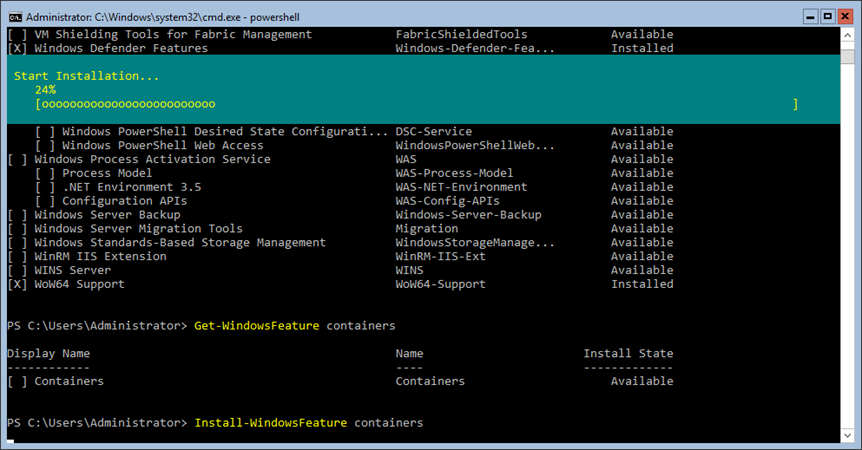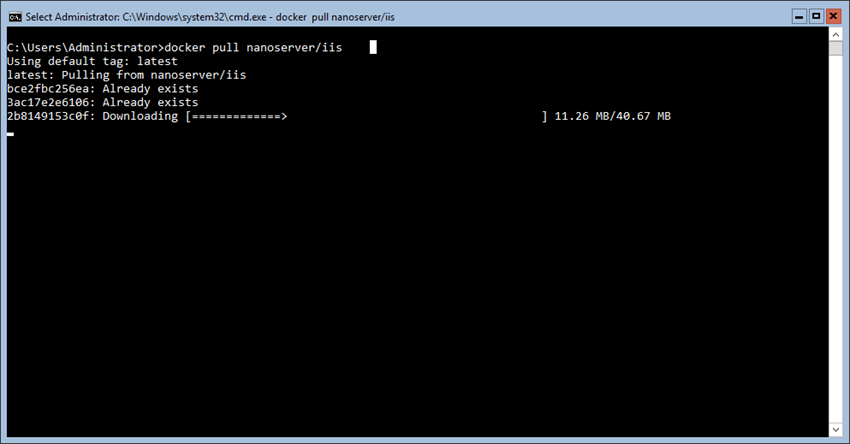Since late last year I’ve written more than 100 articles about Windows Server 2016 on this blog and others, today I’ll try to explain a few basic things about Windows Containers.
It looks to me that 95% of IT Professionals know nothing about Windows Containers and the remaining 5% think that Docker Is Windows Containers.
Today, I’ll try to sort out the mess with a few basic facts about Windows Containers.
What Is Windows Containers?
- Windows Containers Is a new Server Technology that allows us to run a clean Instance of Windows Server on the same Host.
- Windows Containers are not VMs because they share the kernel with the container host and all other containers running on it.
- Windows Containers keep a sandbox file that records all the changes that are made to the Base OS
- Windows Containers are deployed from a Container Image that can be downloaded using the Docker pull command
- Docker Is a Management tool that Microsoft licensed from Docker
- All Docker commands are case sensitive and they all use lower case
- Currently, Docker Is the most popular Containers Management Tool both for Linux and Windows
- A Container Host Is a Server that we run the Containers on, We can use all versions of Windows Server 2016 Including Nano Server to act as a Container Host
- There Is no GUI Interface on Windows Containers and we can only deploy Containers that are running Windows Nano Server or Windows Core 2016 version only
- You can access a container Using PowerShell Remote or other mean all management Is done using docker
To get started, I’ve listed a few great articles about Windows Containers:

How To Configure Windows Containers Networking

Deploy IIS On Windows Nano Server 2016 Container

How Update Windows Containers Docker Version To The Latest Build
